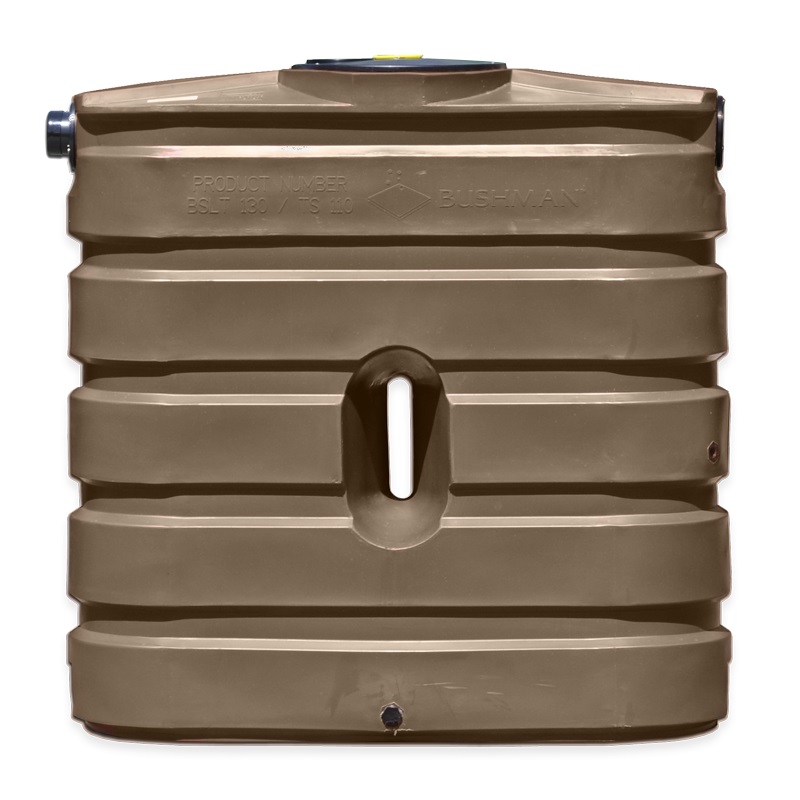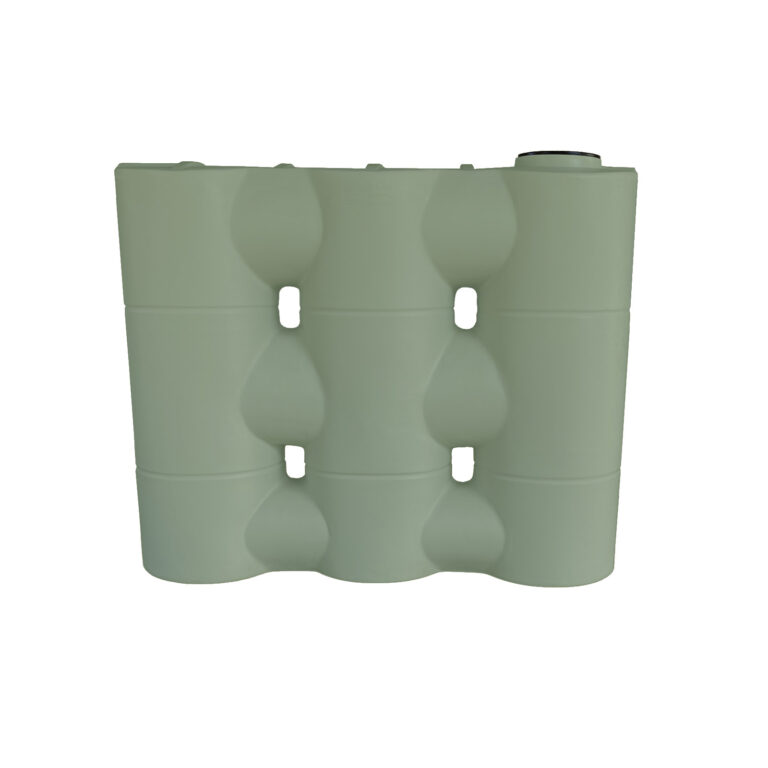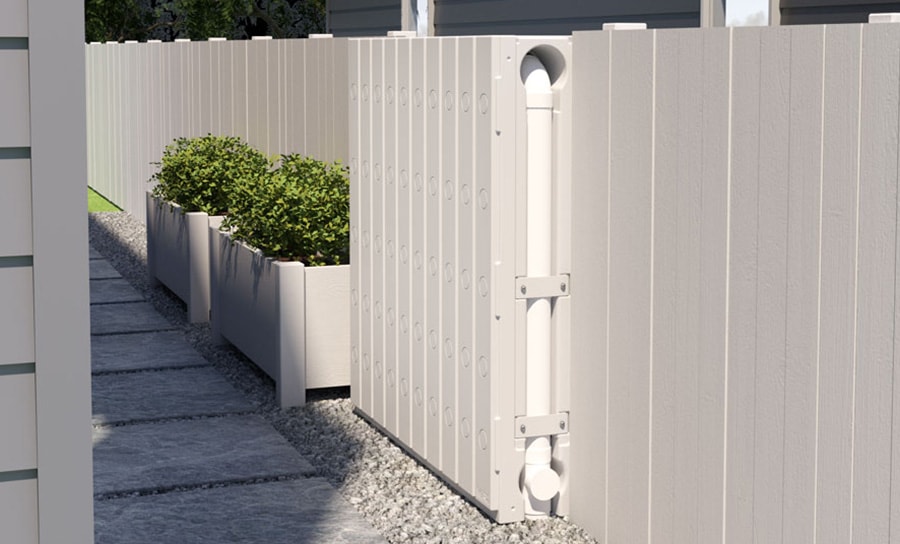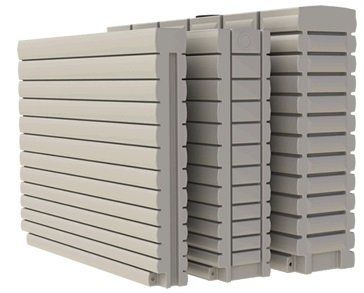Economical Slimline Water Tanks: Maximize Your Rainwater Harvesting
Economical Slimline Water Tanks: Maximize Your Rainwater Harvesting
Blog Article
Recognizing the Relevance of Rainwater Tanks in Drought-Prone Regions for Water Security
In areas susceptible to long term dry spells, the function of rainwater storage tanks in boosting water safety is a topic of growing significance. As communities face the obstacles of water shortage, recognizing the importance of these tanks goes beyond plain collection of rain. Rain tanks work as a vital tool in reducing the effect of water lacks by supplying a lasting source of water for different requirements. The true worth of rainwater storage tanks extends far beyond plain storage; it includes resilience-building steps and the promotion of long-lasting water preservation approaches. This complex approach to water safety warrants a better evaluation of the role rainwater tanks play in guaranteeing a reliable water system during times of dry spell.
Advantages of Rain Tanks
Using rainwater containers uses a sustainable solution for augmenting water supply and improving water security in residential and business settings. One of the primary advantages of rainwater tanks is their capacity to minimize dependency on keys water supply.

Rain Harvesting Techniques
Rainwater collecting techniques encompass an array of methods created to efficiently gather and save rainwater for different purposes, contributing to water preservation and sustainability. One typical technique is the installation of roof catchment systems, where rainwater is accumulated from the roof covering of a structure and directed to a storage tank. This approach is reasonably simple and economical. Another preferred strategy is the use of above-ground or underground storage tanks to save rainwater for later usage. These storage tanks can be found in different sizes and materials to fit different needs and can be connected to the existing plumbing system for very easy gain access to.

Moreover, rain yards and permeable pavements are cutting-edge strategies that involve landscaping or paving surfaces in a way that permits rainwater to percolate right into the ground, renewing groundwater books. Furthermore, shape farming and terracing are agricultural practices that aid record rainwater and prevent soil erosion in uneven terrain. By carrying out these diverse rainwater harvesting methods, communities can boost water safety and resilience in drought-prone areas while promoting sustainable water monitoring methods.
Importance of Water Safety
Making other certain reputable accessibility to clean and adequate water sources is extremely important for sustaining human health and wellness, financial development, and ecological well-being. Water safety is a vital element of social resilience, particularly in areas at risk to dry spells and water shortage. Ample water protection incorporates numerous measurements, consisting of accessibility, high quality, and ease of access of water for domestic, agricultural, commercial, and ecological demands.
Water safety plays a critical duty in advertising public health and wellness by decreasing the prevalence of waterborne diseases and making certain hygiene facilities. Economically, water security is essential for agricultural efficiency, industrial procedures, and general economic development. Slimline water tanks. Water safety and security is closely connected to environmental sustainability, as it sustains environments, biodiversity, and general eco-friendly equilibrium.
In drought-prone regions, water security comes to be even extra important due to the enhanced danger of water scarcities. Carrying out strategies like rain harvesting, water recycling, and efficient water monitoring methods can considerably boost water safety and security in these areas. By focusing on water security, neighborhoods can better hold up against the effects of environment modification, populace development, and other difficulties that threaten water schedule.
Enhancing Water Resilience
With boosting global water obstacles, building strength in water supply has come to be a vital focus for sustainable growth efforts. Enhancing water durability entails executing methods to ensure water accessibility and top quality when faced with transforming ecological problems, such as droughts, floodings, and air pollution.
One key facet of enhancing water strength is advertising making use of rainwater containers in drought-prone areas - Slimline water tanks. Rainwater storage tanks work as an efficient means of recording and keeping rain for later use, minimizing reliance on scarce freshwater resources throughout dry periods. By including rainwater harvesting systems right into water management plans, neighborhoods why not check here can boost their ability to endure water shortage and maintain water security

Sustainable Water Conservation
Amidst rising water challenges, the sensible administration of water resources via sustainable conservation methods is vital for guaranteeing lasting environmental security and social wellness. Sustainable water preservation entails the effective use of water resources to satisfy current requirements without endangering the capability of future generations to satisfy their own demands. By executing approaches such as rainwater harvesting, greywater her response recycling, and water-efficient innovations, communities can reduce water waste and alleviate stress on freshwater sources.
Moreover, lasting water preservation practices contribute to ecosystem health and wellness by preserving ample water degrees in rivers, lakes, and marshes, sustaining biodiversity, and maintaining natural habitats. These methods also play an essential function in alleviating the effects of climate modification by assisting to adjust to altering precipitation patterns and water availability.

Conclusion
Finally, rain storage tanks play an important duty in improving water protection and resilience in drought-prone regions. By using rain harvesting strategies, communities can decrease their dependence on traditional water sources and promote sustainable water preservation techniques. This not just helps reduce the effects of water deficiency throughout dry spells but also contributes to long-lasting water protection and strength in the face of climate change difficulties.
Report this page